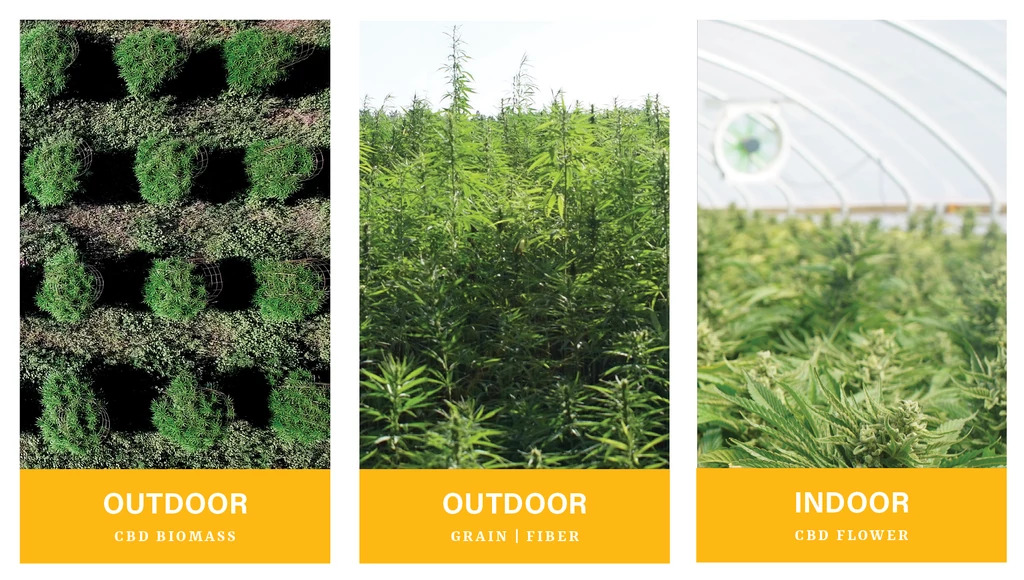Why Hemp is the Answer
Hemp is a crop with huge potential market globally due to its status of being illegal for over 80 years since its first ban on cultivation. In Malaysia, the climate potential of the crop allows Hemp to be cultivated and processed with the proper methods to produce the following final products:
Housing
70% of the Cannabis Plant total weight is made up of the ‘hurd’ or woody inner core. This part of the plant is THC free (i.e. Hemp) and is used in housing construction. The silica leached from the soil by the plant combined with unslaked lime forms a chemical bond similar to cement which is fire and water proof. Cannabis Homes
Food
Hemp may be grown also for food (the seed) but in the UK at least (and probably in other EU countries) cultivation licenses are not available for this purpose. Within Defra (the UK’s Department for Environment, Food and Rural Affairs) hemp is treated as purely a non-food crop, despite the fact that seed can and does appear on the UK market as a perfectly legal food product.
Nutrition
Both the complete protein and the oils contained in hempseeds (rich in lanolin and linolenic acids) are in ideal ratios for human nutrition.
Fibre
Until its rediscovery in the late 1980s, the use of hemp for fibre production had declined sharply over the past decades, but hemp still occupied an important place amongst natural fibres as it is strong, durable and unaffected by water. The main uses of hemp fibre were in rope, sacking, carpet, nets and webbing. A hemp clothing industry was reborn in the West in 1988, and hemp is being used in increasing quantities in paper manufacturing. The cellulose content is about 70%. Smallholder plots are usually harvested by hand. The plants are cut at 2 to 3 cm above the soil and left on the ground to dry. Mechanical harvesting is now common, using specially adapted cutter-binders or simpler cutters.
The cut hemp is laid in swathes to dry for up to four days. This was traditionally followed by retting, either water retting whereby the bundled hemp floats in water or dew retting whereby the hemp remains on the ground and is affected by the moisture in dew moisture, and by moulds and bacterial action. Modern processes use steam and machinery to separate the fibre, a process known as thermo-mechanical pulping.
Fuel
Fuel can be a by-product of hemp cultivation. One fuel would be biodiesel because of the oils in the seeds and stalk of the hemp, another would be biofuel from the fibrous stalks

